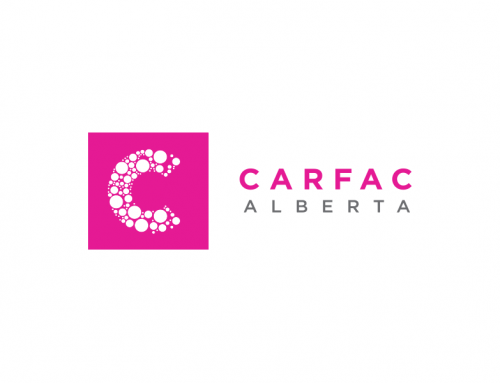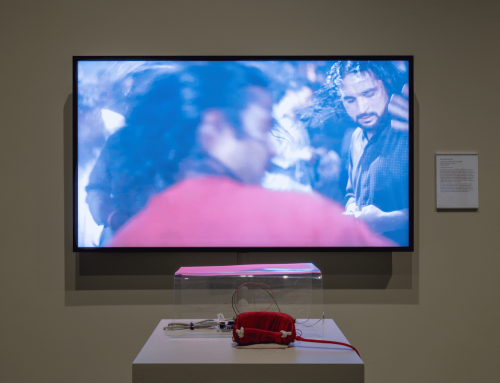Artists to miss out on Resale Right payments at three upcoming auctions
Tuesday, November 22nd, 2011 – This week, Canadian visual artists will miss out on profits made on their work at three major auctions at Sotheby’s, Heffel, and Joyner Waddington’s. Many of these artworks have increased in value over time and are expected to sell at a significant profit – from which the artists will not receive a dime. The national association of visual artists (CARFAC) has requested that government address this discrepancy by adding the Artist’s Resale Right to the Canadian Copyright Act as has been done in 59 other countries.
The Artist Resale Right (ARR) would entitle artists to receive 5% from subsequent public sales of their work through auction houses and commercial galleries. It is common for visual art to appreciate in value over time, as the reputation of the artist grows. For example, The Inventor on His Invention by Saskatchewan artist, Joe Fafard, was originally sold in 1989 for $15,000. The sculpture is expected to sell for between $40,000 and $60,000 at Sotheby’s next Monday – more than three times the original price. Commenting on the Artist’s Resale Right, Fafard said: “It seems very little to ask when you consider that the artist, through his or her efforts over many years, is largely responsible for the increased value of their work.”
Other notable living Canadian artists involved in the upcoming sales include Michael Snow (Toronto), Kent Monkman (Toronto), Daphne Odjig (Penticton, British Columbia), Alex Coleville (Wolfville, Nova Scotia), and Claude Tousignant (Montreal, QC). In all, 46 artists residing in seven provinces and ranging in age from 41 to 92 will see their work resold. The estimated sales figures range from $1,000 to $150,000 per work.
Last November, auctions at Sotheby’s and Heffel brought in $18.7 million in sales of Canadian art. If Canada had a resale right of 5%, the total royalties payable to living Canadian artists would have been $106,095. The Heffel auction resulted in 13 Canadian records being broken, and a work by Alex Coleville sold for a record setting hammer price of $1,287,000. If last year’s results are any indication, it is likely that several pieces will sell for considerably more than their estimates this year, and that new records will be broken.
The ARR was first introduced in France in 1920, and today, 59 countries world-wide have legislated this right, including the entire European Union. Initially, art market professionals in Europe were concerned about the impact of the ARR on the art market but an independent study in the UK in 2007 found that 87% of the art market declared they remained unaffected financially by the ARR since it was implemented in 2006. In most countries, the Artist’s Resale Right ranges from between 2-5% of the resale price. By comparison, Canadian auction houses charge a commission of between 10 and 25% to sellers in addition to a 15-20% “buyers premium” that is added to the winning bid (the “hammer price”). In a study conducted by the Department of Canadian Heritage in 1999, it was revealed that nearly 97% of secondary sales take place in major auction houses such as Sotheby’s and Christies, which are already experienced in dealing with the ARR in other countries.
“This royalty is based on the ongoing market value of an artist’s work and won’t cost tax payers a cent,” said April Britski, National Director of CARFAC.
Want to help bring the Artist’s Resale Right to Canada? Join the Cross-Canada Visual Arts Advocacy Network and we will send you to meet your member of Parliament.






